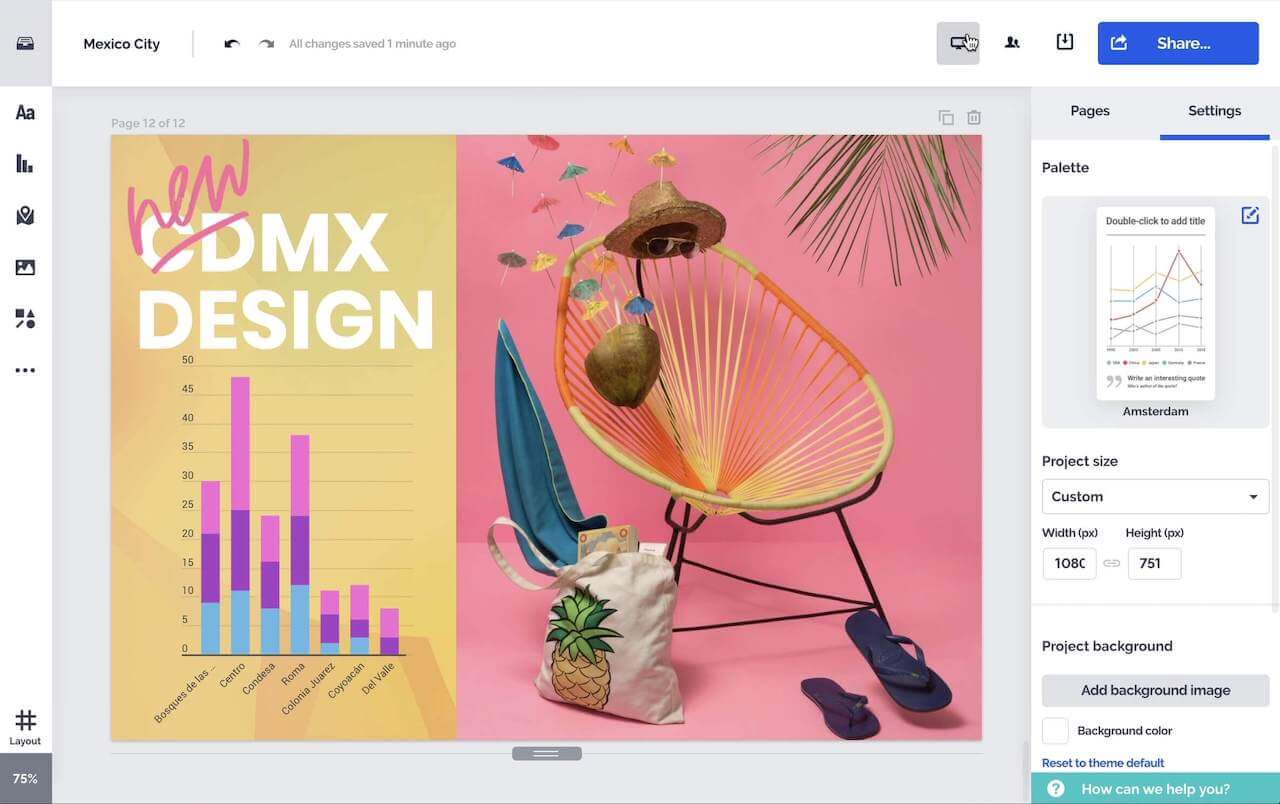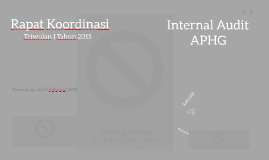Free prezi template running business
Transcript: Job Title The actual data gathering needs considerable time and effort since the data include the features of the job, the proper attitude towards the job, and the characteristics of the employee. Specific tasks and activities APPLICATION OF JOB ANALYSIS TECHNIQUES These include and clarify the functions of the job in detail. Usually, the specific functions start with a verb to show an element of action. Recruitment and Selection Knowledge, tools, and equipment used Work conditions the best you can... Required behavior on the job The process of gathering all the needed information which is important in a particular job. PREPARATION OF JOB DESCRIPTION AND JOB SPECIFICATION This prezi and many more available at: Written summaries of various jobs consistingof duties, responsibilities, and qualifications SELECTION OF JOBS HR Planning Observation Interviews Questionnaire Logbook The job analyst can also gather information regarding the performance levels or standards required by the job. In this step, the firm identifies and formulates the goals of the job analysis. Free prezi template Running Business is a great corporate prezi developed by Prezzip to be reused by the prezi community. Just add your story! Information about the behavior required in the performance of various jobs. General description of the job Parts of a Job Description Compensation The use of questionnaire is one of the least expensive tools for data gathering. It usually includes the duties and responsibilities, working conditions, equipment used, and requirements of the job. The logbook is a good source of data regarding employee duties- how frequently they have to be done and when they are scheduled to be finished. There are certain jobs that require the use of logbooks and more often than not, these jobs are quite hard to observe. This method is very useful for repetitive jobs. Nonetheless, there are jobs that cannot be observed like researching or computer programming. JOB SPECIFICATIONS Reporting relationships The following information that can be collectedthrough Job Analysis This portion provides a summary of the job and gives an overview of its duties and responsibilities. The interview allows a face-to-face interaction between the job analyst and the interviewee. It provides an opportunity for the job analyst to clarify vague points and create a venue for a pleasant interaction between the employee and the job analyst. Required job standards This describes the exact job title or designation like HR Manager or HR Assistant, and Production Manager, among others. As discussed earlier, it lists the minimum requirements of the job. The parts given are the commonly-used ones, although there is no standard format as to how job descriptions are written. In some companies, a job description also contains the working conditions and the equipment used. Job specification Classification provides the rank or position of the job in the hierarchy of the various jobs in the company. Here A job anlyst can obtain information on the different tasks required by a job Job classification JOB DESCRIPTION Here Additional information includes how these tasks are done, the specific time performed, and the reason why they need to be perfomed. Training and Development Job Analysis They are used in the following HR ativities After the data gathering comes the time to write the job description for each job analyzed FORMULATION OF OBJECTIVES These includes the educational background, training, or experience, as well as type of personality, attitudes, etc that are needed for the position, Refers to the minimum qualificationsrequired by a particular job such as educational background, experience, skills, and abilities. This includes the job title for the position’s immediate supervisor. In the case of an HR Manager, the immediate supervisor may be a Vice President for HR or HR director. The reporting relationship also includes the subordinates under the HR Manager’s supervision. Personal characteristics and requirement These include the physical aspects of the job such as work schedules, and physical environment. information on social contact is also obtained Since job analysis is a time-consuming process, jobs to be anlyzed are carefully selected. ACTUAL CONDUCT OF JOB ANALYSIS The job analyst can gather the information about the tools and equipment used by the employees. JOB ANALYSIS PROCESS Specific duties and responsibilities Proper selection of the appropriate techniques will be less costly for the organization. http://www.prezzip.com/ Chapter II: Recruitment, Selection, and Placement step on it! your toolkit use your head Job Analysis techniques Let's GO! CLICK!

















